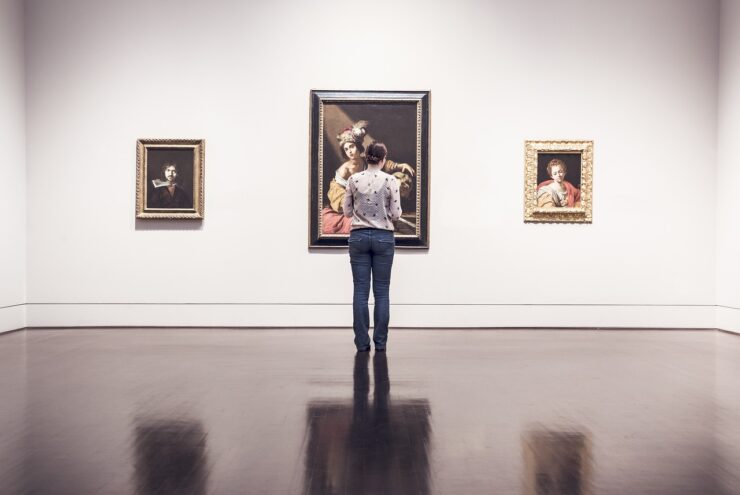Documentation
“The Art of Commissioning: Unveiling Knowledge through Creative Collaborations” – Laura Calabrò

In a thought-provoking seminar led by Trine Friis Sørensen, the nuanced role of the curator within contemporary art and archival practices was explored, shedding light on the evolving responsibilities that extend far beyond traditional collection management. Sørensen’s insights, drawn from her own rich experience, position the curator not just as a guardian of art but as a mediator and initiator in the art world, bridging the gap between artists, art, and audiences.
The seminar highlighted a fascinating convergence between the roles of curator and commissioner, a union that underscores the curator’s involvement in commissioning artworks. This practice, deeply rooted in both tradition and practical necessity, unfolds as a complex, multi-layered process when applied to the interaction with and reinterpretation of archival materials. Through commissioning, curators embark on a profound journey of inquiry, navigating the terrain between historical legacies and contemporary creative expression.
Commissioning is understood to be driven by a specific need—the anticipation that a newly created work will address, illuminate, or question existing narratives. However, this initiative transcends simple commercial transactions. It represents a dynamic collaboration that challenges traditional art boundaries, encouraging a dialogical process that fosters reinterpretation and new understandings. This collaborative venture becomes especially significant when considering the archive not as a dormant collection of artifacts but as a vibrant, living entity. The commissioned works and the discussions they provoke transform the archive into a space of active engagement and reinterpretation. Here, the curator’s role is magnified; they become the stewards of this intricate process, guiding the interactions with sensitivity and foresight.
Sørensen’s seminar illuminated the unique and powerful potential of commissioning as a tool for knowledge production. It challenges prevailing perceptions of how we engage with and interpret archives, advocating for a collaborative, interdisciplinary approach that merges past and present. This reimagined interaction with archives, facilitated through commissioning, revitalizes them as dynamic forums for creativity, thought, and deeper historical understanding.
The process of commissioning is not merely a means to an artistic end but a holistic journey that enriches all involved—artists, curators, and audiences alike. It weaves together diverse strands of inquiry, creativity, and care, contributing significantly to our cultural narrative. This approach emphasizes the curator’s evolving role as an essential connector, thinker, and creator, whose actions resonate within the broader tapestry of art and history.
Ultimately Sørensen invites us to reconsider the curator’s position in the art world. No longer seen as mere caretakers of objects, curators are pivotal in orchestrating conversations between the past and the present, between artists and communities. Through the lens of commissioning, they facilitate a richer, more engaged dialogue with our cultural heritage, highlighting the curator’s role as a vital conduit for exploration, understanding, and innovation in the ever-evolving landscape of art and archival interaction.

